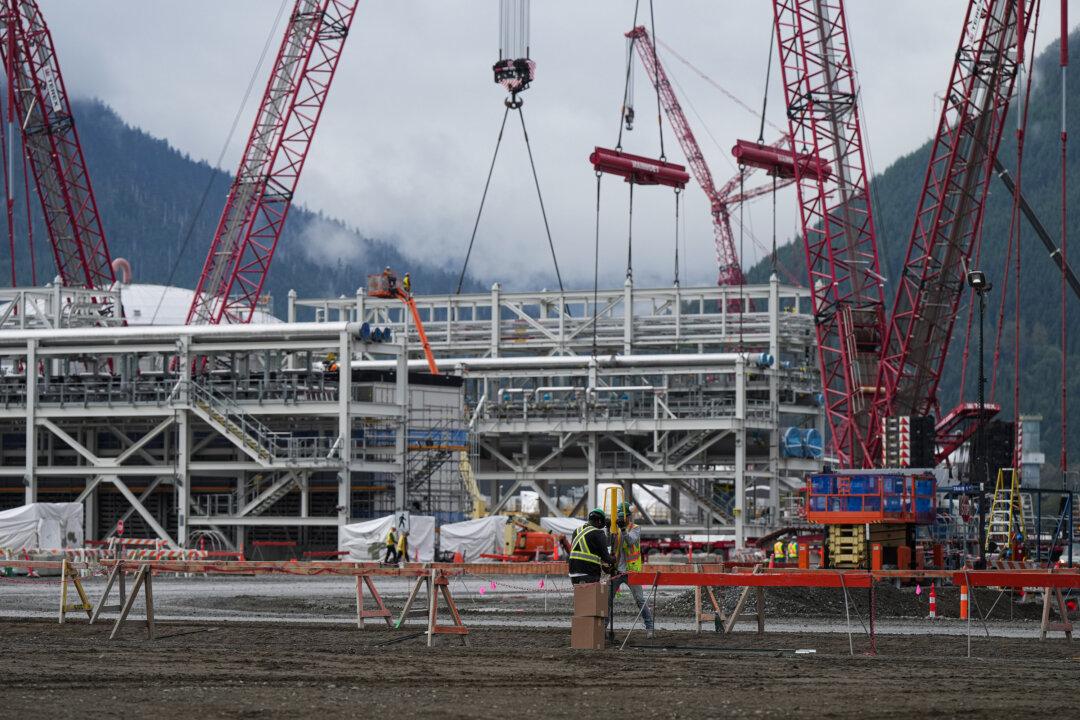Canada used to be the top U.S. trading partner, but now Mexico has taken the lead, with China falling off. Short- and longer-term trends from trade data paint a worsening picture for the Canadian economy.
Analysts point to two areas in which Canada needs to improve to better compete—energy exports and revamping of transportation infrastructure—as global trade flows are being reshaped by the U.S. Inflation Reduction Act and move to decouple from China.
Canada needs to find a way to send more exports to the United States and the rest of the world, Eric Miller, president of Rideau Potomac Strategy Group, said in an interview on Aug. 4.
“Certainly, the rise of China has taken a bite out of North American trade,” Mr. Miller said. “Mexico has just become a very desirable and established location.”
The Rise of Mexico
The Canadian auto sector has always had the challenge of competing against lower-wage and larger-population Mexico.
Mr. Miller explains that two countries with similar production structures—like Canada and the United States—may trade less between each other and trade more with countries with differentiated production structures, like Mexico.
But the decline in trade also points to Canada’s inability to export energy products and its relative unattractiveness for investment compared to Mexico.





